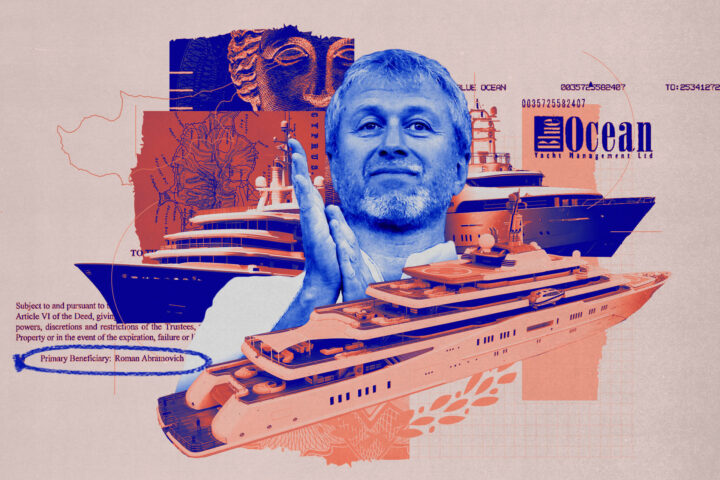 When a BP oil rig exploded and sank in the Gulf of Mexico last April, killing 11 workers, authorities first reported that no crude was leaking into the ocean.
When a BP oil rig exploded and sank in the Gulf of Mexico last April, killing 11 workers, authorities first reported that no crude was leaking into the ocean.
They were wrong.
The disaster that captivated the world's attention for 153 days struck at 9:53 p.m. CDT on April 20 (0253 GMT on April 21), when a surge of methane gas known to rig hands as a "kick" sparked an explosion aboard the Deepwater Horizon rig as it was drilling the mile-deep Macondo 252 well off Louisiana's coast. Two days later, the rig sank.
One year on, oil from the largest spill in U.S. history clogs wetlands, pollutes the ocean and endangers wildlife, not to mention the toll it has inflicted on the coastal economies of Florida, Mississippi, Alabama and especially Louisiana.
It was the biggest ever accidental release of oil into an ocean.
Even so, environmental damage from the ruptured well that spewed more than 4 million barrels of oil (168 million gallons/636 million liters) into the Gulf in three months seems far less dire than the worst predictions, according to some Gulf residents and experts.
"It's a horrible mess but it's not the end of the world," said Edward Overton, professor emeritus of environmental sciences at Louisiana State University in Baton Rouge.
"Some people thought it would be the end of the Gulf for decades and that's not even near the case," Overton said. "None of those predictions were right."
Such considerations are cold comfort to Gulf residents who saw their livelihoods decimated by the spill. More than 500,000 have claimed compensation from a $20 billion fund set up by BP — at the insistence of President Barack Obama — and administered by Kenneth Feinberg.
The mitigated view will also do little to stem the tide of litigation that will take years to make its way through federal court in New Orleans and beyond as plaintiffs seek to extract damages from London-based BP, which owned the Macondo well, and Swiss-based Transocean, which owned the rig.
"Fishermen are still worried that there's oil on the bottom of the Gulf. But we've got no control over that," said Errol Voisin, manager of the Lafitte Frozen Foods plant in Louisiana, who spoke ahead of a new shrimping season.
"INSULT TO INJURY"
The National Wildlife Federation paints a picture of an ocean ecology mauled by the spill and facing a long road to recovery. Thousands of birds and other wildlife died.
Sea turtles were hit hard. The western population of the bluefin tuna, which breeds only in the northern Gulf, was breeding just as oil spewed from the ocean floor. Contamination may have reduced juvenile tuna production by 20 percent.
In many cases, the slick compounded factors that already threatened the environment. Wetlands, for example, act as a natural barrier against storm surges but for decades oil industry penetration and other factors have eroded them.
Few places illustrate the damage more poignantly than Bay Jimmy, a breeding ground for shrimp, fish and oysters nestled in a labyrinth of waterways south of New Orleans.
Marshland around the bay still bears scars from the oil spill, with some areas ringed by dead grasses. Oil oozes from the ground just as it did last summer.
"When the oil hit, it was like adding insult to injury …. The concern for us is in terms of habitat for the wildlife," said Maura Wood, NWF's senior outreach coordinator.
Yet for all that, assessing the spill's impact presents a puzzle, experts say. Two examples illustrate the challenge.
"OUT OF SIGHT, OUT OF MIND"?
This year, 153 bottle-nosed dolphin carcasses have washed up on Gulf coasts: 65 of those were infants: new born, stillborn or born prematurely, according to figures from the U.S. National Oceanic and Atmospheric Administration (NOAA).
The dolphins were conceived at the time of the spill, said Moby Solangi, president of the Institute for Marine Mammal Studies in Gulfport, Mississippi.
To determine the cause of death requires a necropsy, which Solangi can perform at the institute, as well as toxicological and other forms of analysis.
But in February the government halted all external investigations into dolphin deaths and turned the matter over to NOAA, which is yet to release any findings.
"It is frustrating to any scientist. Certainly we want to get results," Solangi said in an interview.
For Samantha Joye, a marine sciences professor at the University of Georgia, the problem is the slow pace of research into exactly how oil affected the ocean.
Joye first identified so-called undersea 'oil plumes' during the spill and has since found evidence, such as crabs behaving sluggishly that seems to point to damage to the ocean floor. But she acknowledges more work needs to be done.
"I would like to be able to make conclusive statements about the health of the Gulf of Mexico but I can't because there's a lot we don't know," Joye said in an interview.
"There seems to be this 'If we can't see it, it's not going to hurt us' mentality. There's no oil on the surface therefore the problem is solved. That's just not true," she said.







